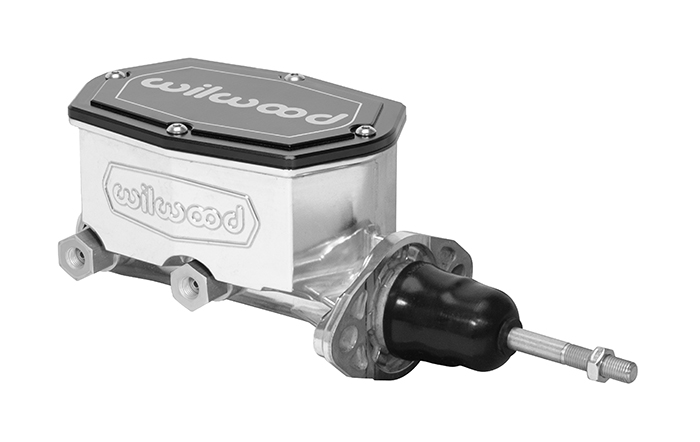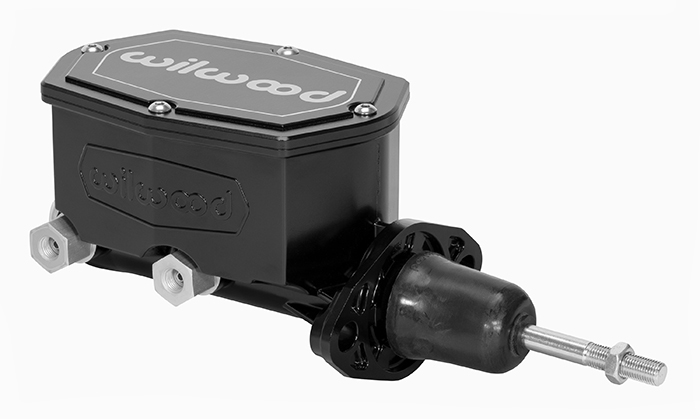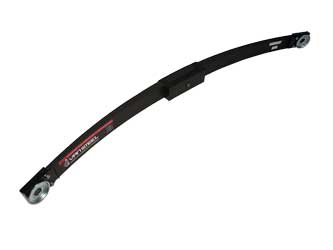
C2/C3 Wilwood Master Cylinders
The hydraulic side of the brake system is based on leverage ratios. The overall system leverage ratio is a function of:
1. Brake pedal ratio
2. Master cylinder bore size
3. Effective caliper piston area
An OE manual brake C2 or C3 by my comparison formula has a 36:1 front circuit leverage ratio. The rear circuit is a little over 19:1. When you compare those two leverage ratios front to rear, that gives you your static front to rear bias ratio which in this case is 65/35.
If you use the 1.125″ MC on a manual brake D8 caliper car, instead of the normal 1″, your front leverage drops to 28.5:1. When you drop to the piston area of his SL6 calipers, and using the 1.125″ power brake master cylinder, your front leverage ratio drops to 21:1, representing a 39% loss in brake leverage from OE D8. That translates to requiring 39% more leg effort to get comparable clamping force.

If you install the 7/8″ master cylinder, this will restore the front leverage ratio to 34.7:1, or almost back to to OE D8 effort levels. The pedal will be slightly firmer than an OE D8 manual brake car, but will now be able to make 39% more pressure with the same amount of pedal effort..
So yes, it will make a measurable difference.
And for an FYI, the current version of the SL6 using 1.75/1.25/1.25 pistons with a 15/16″ bore master cylinder give a front circuit leverage ratio of 36.19:1 which is a hair higher than OE D8 manual, but probably not enough to feel a difference.


